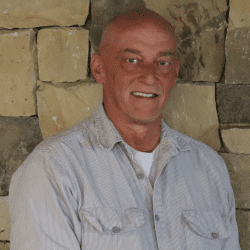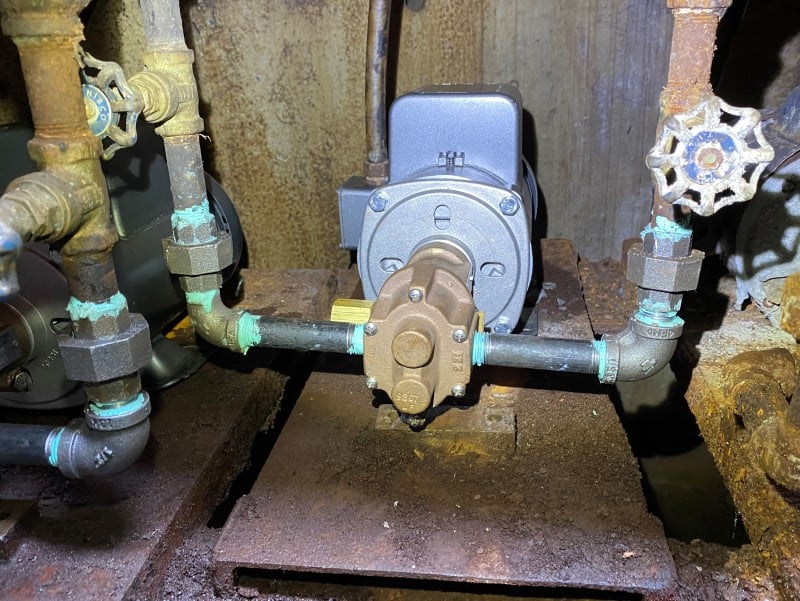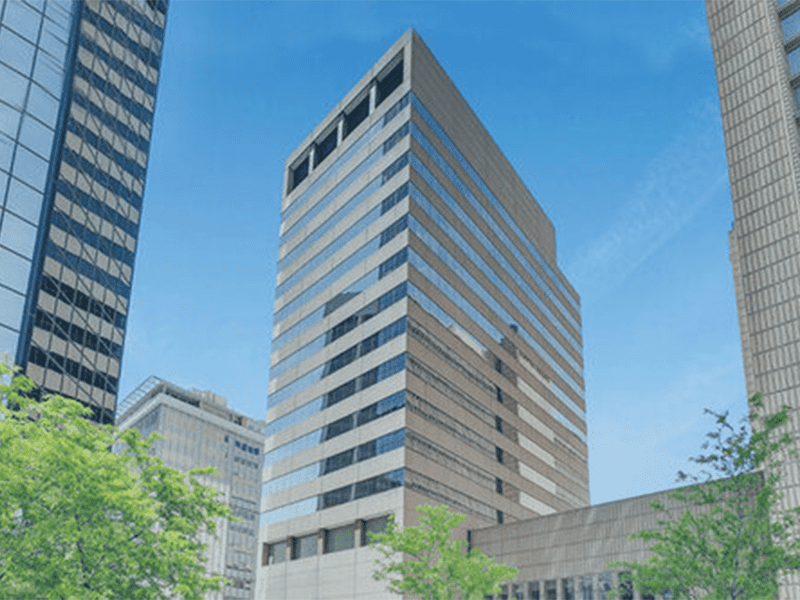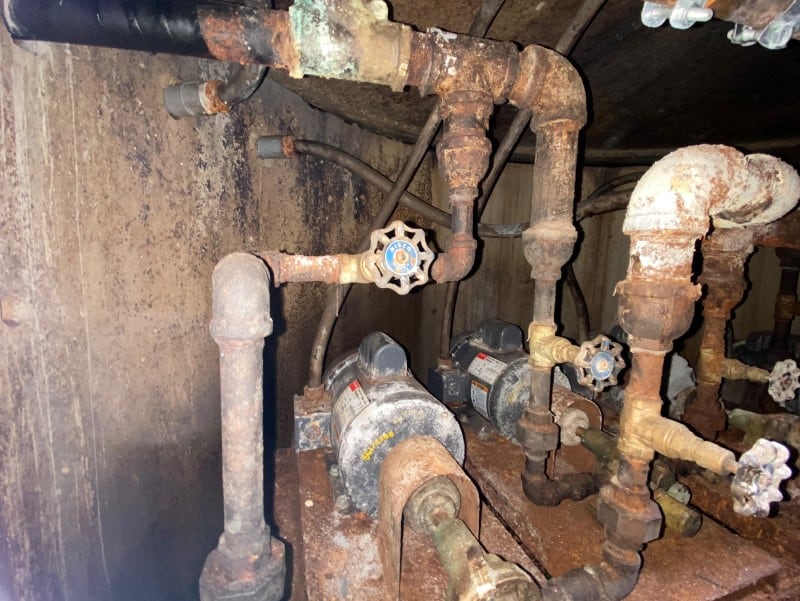Project Profile: Columbine West UST Motor & Pump Replacement
Denver, Colorado
When Rick Justice, Vice President of Engineering for property management firm Cole Taylor in Denver, learned the emergency generator fueling system for one of his buildings was malfunctioning, he wasn’t going to take his chances with an unqualified contractor to fix it.
The CGRS Refined Fuels Repairs and Upgrades team had previously completed a successful job on an underground storage tank (UST) at another Cole Taylor property, earning Justice’s confidence and future business.
In the case of 216 16th Street, also known as the Columbine West building, another consultant determined that the motors for the emergency generator fuel system were failing. The building houses a mix of tenants across various industries including information technology, internet security and law.
“The motors are about 20 years old and were intermittently stopping and starting,” said CGRS Refined Fuels Project Manager Bob Purcell. “Without disassembling both motors and the attached rotary centrifugal pumps units entirely, it was impossible to know for sure whether the motors or the pumps were causing the problem.” Purcell proposed that CGRS remove and replace both the motors and rotary pumps units completely, as it would cost about the same as taking the units apart, replacing the rotary pumps and assembling the units again.
Justice agreed.
Call a CGRS Expert:
800.288.2657

Bob Purcell
Project Manager
Refined Fuels
Mobile: 970.714.9400
“Because those are life-safety systems, it was less of a risk than doing a partial repair and not getting the result we needed,” said Justice. “It was a critical system and worth the incremental cost. What we saved in materials we would have paid for in labor. I just wanted to get it fixed in the first shot, so it didn’t take a whole lot of convincing.”
The job required performing confined-space entry to replace the suction motors and rotary pumps for two USTs. The motors and pumps sit in a containment vault underneath the building’s parking lot, about 15 feet away from the USTs, and pump fuel to the generator on the 17th floor.
The concrete vault measures 8 feet in diameter by 4.5 feet tall, with a 30-inch manway, requiring a ladder to enter and someone of average height to work bent over for the duration of the project. As such, the space required our team to adhere to OSHA’s Confined Entry regulations, as it’s big enough for one or more persons to enter and work in, but access is limited or restricted, and workers should not stay longer than necessary.
“We had to go in prepared,” Purcell said. “We couldn’t just drop our guys in there. We used a tripod and harness, with one man in (the vault) and one man on top. We used a multi gas meter to check and monitor for oxygen, explosive limit and carbon monoxide before we began working, and a 12-inch blower fan to circulate air constantly through the vault.”
As the vault entry was right inside the parking lot, but behind a wall, the CGRS team used a truck as a barricade to prevent vehicles from passing too close. Work progressed a little slower because of the constraints of the confined space, but CGRS was able to complete the job within two days at the end of August.
Justice said not only did the team perform the job safely and with expertise, but Purcell also stayed in touch with him about any issues he encountered, like the now all-too-common supply chain delays the global pandemic has caused.
“Bob was in front of it,” Justice said. “He knew it was a sensitive project for us, and he did a great job.”
Such a great job, he added, that he has asked CGRS to provide a quote on repairs to a diesel fire pump in another building including an installation of a remote-fill station.
“We will continue to work with CGRS,” Justice said. “They have been a real solution for us, no doubt.”





